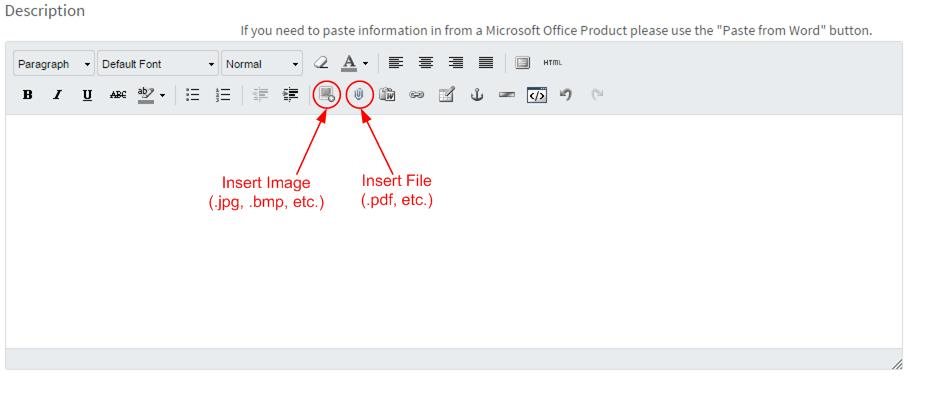Hi, I am making 4-20mA circuit.
output stage is xtr117 driven by 40uA zero + 0-160uA(current output from OP)..
I found that it takes too much time(10 minutes or more) to back to stable 4mA output .
40uA id coming from 3V and 75K(These are very accurate).
Any explaination on this.
Thanks
Mike





